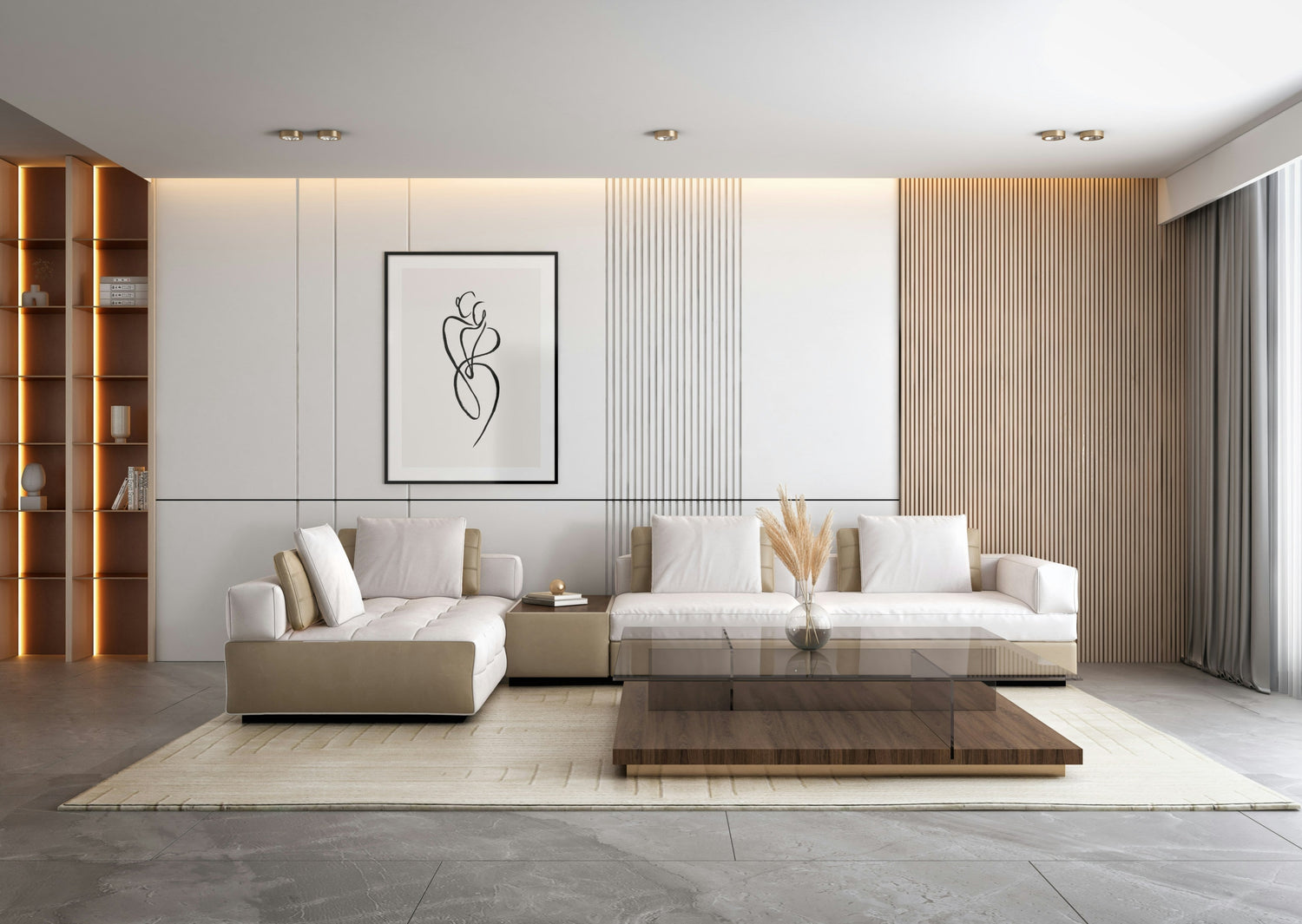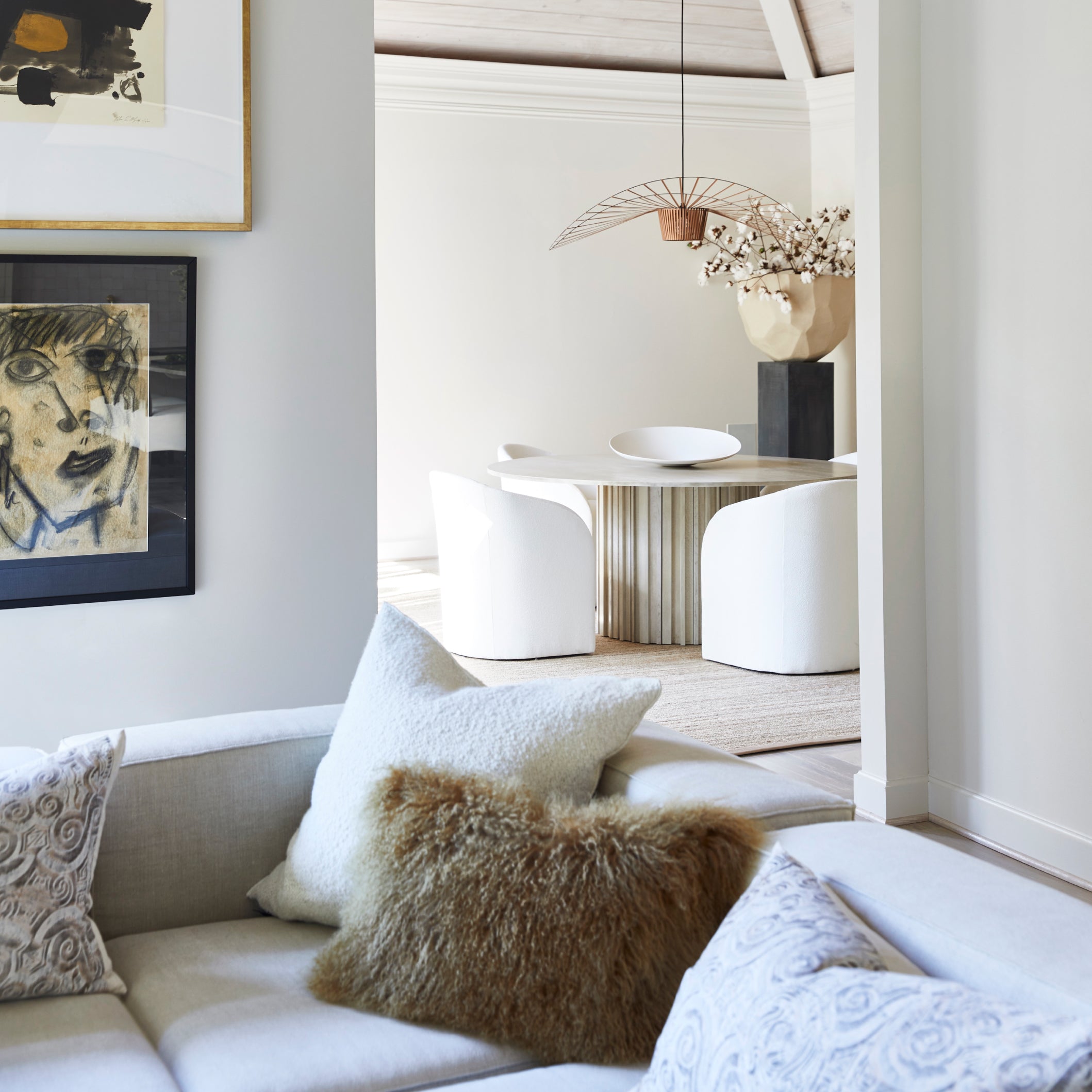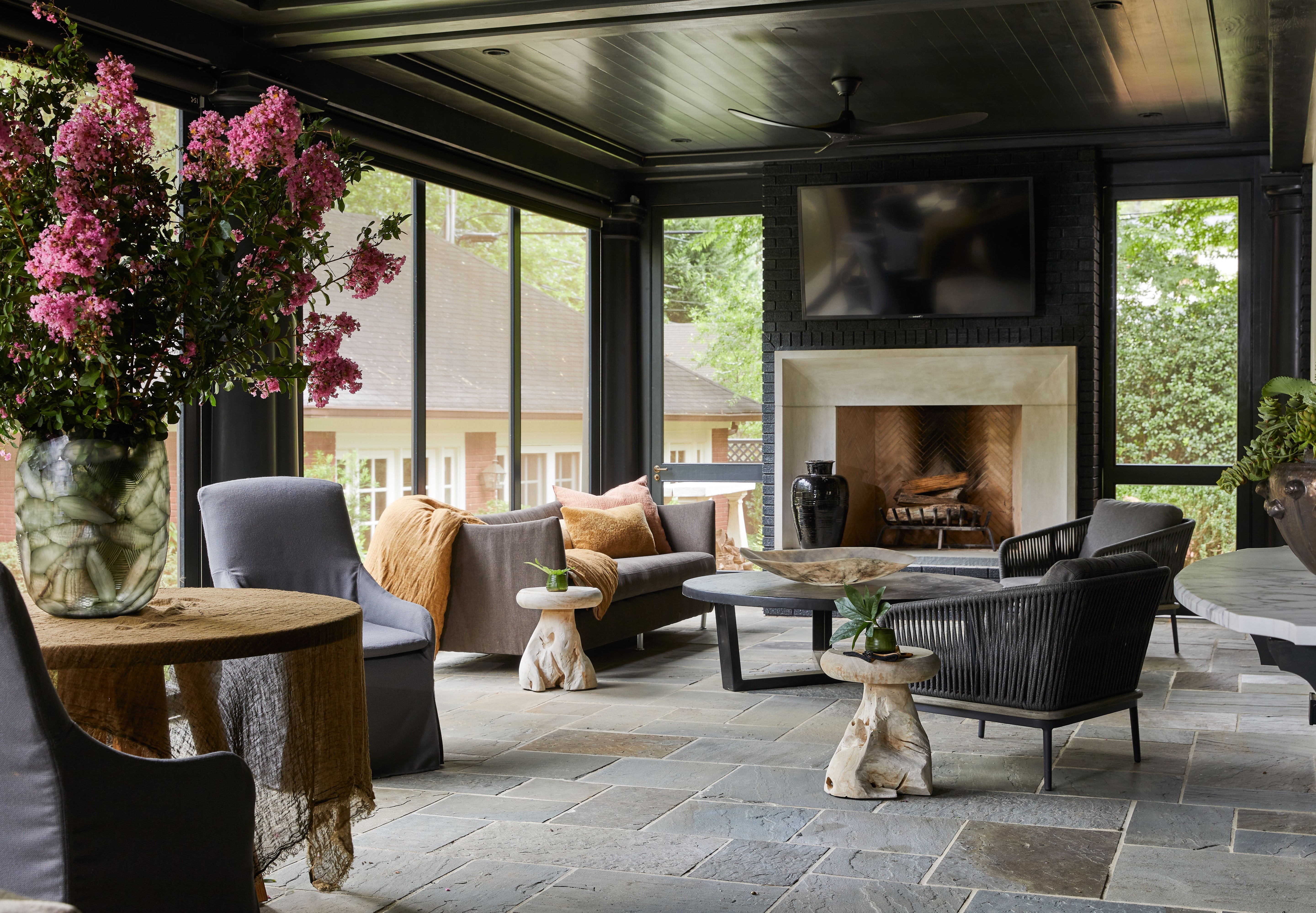As a designer, your taste and style set you apart. And now, thanks to emerging social platforms, you have new opportunities to monetize your influence. In this post, we’ll look at some of the most promising social platforms for designers and home brands, and how you can use them to build your audience, showcase your work, and drive sales.
Why Emerging Platforms Matter for Designers
The social media landscape is constantly evolving, and emerging platforms often offer unique features that can help you connect with new audiences. While platforms like Instagram and Facebook are still essential, expanding to newer platforms can give you an edge and help you reach people who may not be active on traditional channels.
For designers, these emerging platforms are a way to experiment with fresh content, engage in creative storytelling, and build a following among trend-savvy users. By establishing an early presence, you can tap into new audiences and turn them into loyal followers—and eventually, customers.
1. Pinterest: The Designer’s Dream Platform
Pinterest is a visual discovery tool and a natural fit for designers. With its focus on inspiration, planning, and aesthetics, Pinterest attracts an audience actively seeking design ideas, making it ideal for home brands.
-
Why It’s Effective: Pinterest’s audience is already in a discovery and shopping mindset, making it easier to drive traffic and sales. Plus, Product Pins let you link directly to items, so users can purchase immediately.
- Content Ideas:
- Curate “mood boards” for different styles, themes, or seasons.
- Showcase before-and-after photos of your projects.
-
Create guides on “How to Style [Room/Space]” featuring products you sell or promote as an affiliate.
- Pro Tip: Optimize your pins with keywords so they’re discoverable by users searching for design inspiration. Include calls to action like “Shop the Look” or “See the Full Project” to encourage clicks.
2. TikTok: Engaging the Next Generation of Design Enthusiasts
TikTok has quickly become a favorite for brands wanting to reach a younger, highly engaged audience. Known for its short, creative videos, TikTok allows designers to showcase projects, share styling tips, and even host live Q&As.
-
Why It’s Effective: TikTok’s video format encourages storytelling, which is perfect for designers who want to showcase their process or provide tutorials. The platform’s algorithm is also highly favorable for new creators, making it possible to go viral even with a small following.
- Content Ideas:
- Post “A Day in the Life” videos or “Behind the Scenes” clips from design projects.
- Create quick “How-To” videos showing styling tips, DIY projects, or product recommendations.
-
Use trending audio or participate in design-related challenges to increase reach.
- Pro Tip: Consistency is key on TikTok. Try posting frequently and experimenting with different formats to see what resonates. You can also link your TikTok profile to Instagram or YouTube to drive followers to your other platforms.
3. Houzz: The Platform for Home Professionals
Houzz is a platform specifically designed for home renovation and design, making it a natural fit for designers and home brands. With its focus on professionals, Houzz attracts users who are actively planning projects and seeking inspiration.
-
Why It’s Effective: Houzz provides tools for professionals to showcase portfolios, get reviews, and connect directly with potential clients. Its “Ideabooks” feature allows users to save and organize design inspiration, increasing the visibility of your work.
- Content Ideas:
- Create a detailed portfolio that showcases your best work.
- Share “Ideabooks” filled with ideas for specific rooms, styles, or themes.
-
Write articles or blog posts on design trends, renovation tips, or product recommendations.
- Pro Tip: Encourage clients to leave reviews on your profile to build credibility. The more engagement you get on Houzz, the more visible your profile will be in search results.
4. YouTube: In-Depth Tutorials and Behind-the-Scenes Content
YouTube remains one of the best platforms for in-depth content. For designers, YouTube offers a way to create long-form videos that showcase expertise and give viewers a deep dive into the design process.
-
Why It’s Effective: YouTube’s video format is ideal for design tutorials, room transformations, and “day in the life” videos. Its search-based interface means your videos can reach new audiences over time, offering a steady stream of traffic.
- Content Ideas:
- Publish “Room Makeover” videos that walk viewers through a project from start to finish.
- Offer tutorials on specific design skills, such as furniture placement, color selection, or space optimization.
-
Share “Shop with Me” videos featuring your favorite decor stores or products.
- Pro Tip: Cross-promote your YouTube content on other platforms. For example, post snippets of your videos on Instagram or TikTok to encourage followers to watch the full video on YouTube.
5. Clubhouse: Networking and Real-Time Engagement
Clubhouse is an audio-based platform where users join “rooms” to listen to discussions or participate in conversations. It’s a unique opportunity for designers to network, share expertise, and engage in discussions about design trends, techniques, and challenges.
-
Why It’s Effective: Clubhouse’s audio format is ideal for discussing design ideas, answering questions, and building connections with other designers and potential clients. The real-time nature of Clubhouse creates a sense of immediacy, making it great for relationship building.
- Content Ideas:
- Host Q&A sessions on design-related topics to answer common questions.
- Collaborate with other professionals in the design space for panel discussions or roundtable talks.
-
Start rooms to discuss industry trends, current projects, or challenges faced by designers.
- Pro Tip: Clubhouse is especially useful for building community and networking, so focus on creating value through conversations. Consider partnering with other industry professionals to expand your reach.
Tips for Monetizing on Emerging Platforms
To turn your presence on these platforms into revenue, keep these strategies in mind:
- Use Affiliate Links and Sponsored Content: On platforms like Pinterest and TikTok, you can share affiliate links in your content. Partnering with brands for sponsored posts can also add a steady income stream.
- Promote Your Own Products or Services: Use your platform presence to promote any products you sell directly, such as design services, digital downloads, or curated products via dropshipping.
- Offer Exclusive Content: You can create exclusive content for followers who support you, either through paid memberships (on platforms like YouTube) or by offering downloadable resources in exchange for email sign-ups.
- Build Partnerships with Other Creators: Consider collaborations or joint ventures with other designers or brands. Teaming up for a series or giveaway can help you tap into new audiences.
Conclusion
Emerging social platforms offer exciting opportunities for designers to expand their reach, build community, and monetize their influence. By establishing an early presence on these platforms and engaging creatively with your audience, you can set yourself apart and grow your brand in unique ways.
Whether you’re sharing styling tips on TikTok, building a portfolio on Houzz, or creating tutorials on YouTube, these platforms give you the tools to showcase your taste and turn it into revenue. The key is to find the platforms that align with your brand and audience, then start experimenting to see what resonates.




